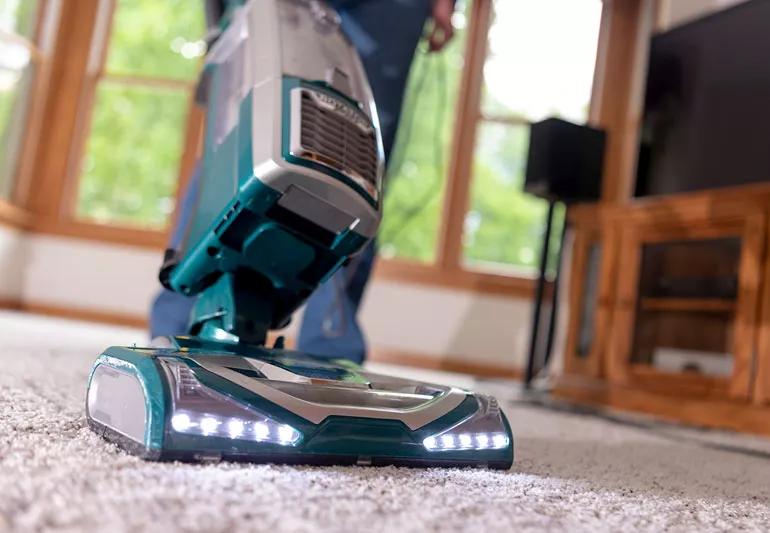Plus, 8 ways to asthma-proof your home

Home is where the heart is. Unfortunately, for children (and adults) with asthma, it can also be the place where a lot of asthma triggers are. That’s daunting if you’re facing a long winter or a period of time mostly indoors.
Advertisement
Cleveland Clinic is a non-profit academic medical center. Advertising on our site helps support our mission. We do not endorse non-Cleveland Clinic products or services. Policy
If you’re worried about having to spend a lot of time inside, don’t. It’s possible to protect your child or yourself from indoor asthma triggers with these helpful tips from pediatrician Roopa Thakur, MD.
To figure out what causes an asthma flare-up, it helps to understand how asthma affects the body.
In a person without asthma, the airway is wide open. Air can flow freely into the lungs. In people with asthma, two factors can reduce airflow and make it hard to breathe:
Not everyone with asthma responds to the same allergens. Some kids are super allergic to pollen, for instance, while others can run through a field of ragweed without a care in the world.
Several common allergens often trigger flare-ups — and many are hard to avoid if you’re stuck inside. Some of the most common indoor asthma triggers include:
Advertisement
A little prep can go a long way toward making your home safe for family members with asthma.
“Keep a log of when your child has difficulty breathing so you can look for patterns,” Dr. Thakur says. Do they have attacks whenever they’re near your cat? Do most flare-ups strike when they’re in bed? Jot down the details, and share them with your doctor to help identify possible causes of asthma attacks.
If you’re having trouble seeing patterns, ask your doctor about allergy testing. Such tests can help pinpoint whether your kiddo is reacting to pet dander or struggling with mold exposure.
Stuffed animals, pillows and blankets can collect a lot of dust (and, ew, dust mites). “Anything that harbors dust can trigger allergies,” Dr. Thakur says. Take steps to asthma-proof the bedroom:
You don’t have to be a perfect housekeeper, but it’s good to keep dust levels in check. Vacuum rugs regularly. Mop hard floors to clear dust and pet dander. If cockroaches or mice are a problem, keep food securely stored and look into pest control options.
Pet dander can be a problem for kids with asthma — even if your pooch doesn’t shed. To avoid attacks, keep Fluffy and Fido out of your child’s bedroom and off the furniture. If your child still has frequent asthma attacks, you might want to consider finding a new loving home for your pet.
Breathing second or thirdhand smoke — even old smoke on someone’s clothes — can increase the risk of asthma attacks, Dr. Thakur says. Family members who smoke should smoke outside and change their clothes when they come back in.
In humid rooms like bathrooms and kitchens, turn on fans or open windows to prevent mold from growing. When the weather is muggy, a dehumidifier can help dry out the air and keep mold levels low.
Identifying and managing asthma triggers will go a long way toward preventing asthma attacks. But it’s also important to work with your child’s doctor to identify triggers and manage symptoms. “We’ll ask you a lot of questions so we can classify your child’s asthma and come up with a plan to control it,” says Dr. Thakur.
Advertisement
Learn more about our editorial process.
Advertisement

The effectiveness and safety of many of these options are unknown, so it’s best to stick to traditional care

Avoid triggers like dust, smoke and cold air to lessen your chances of coughing

Developmental changes like puberty and menopause can impact symptom severity

Symptoms may lessen over time, but the condition never truly goes away

Being prepared is key when you have asthma

Some tips to make your next fire safer

A rainy day can spell pain and discomfort for many

Key tip: minimize your exposure

Type 2 diabetes isn’t inevitable with these dietary changes

Applying a hot or cold compress can help with pain